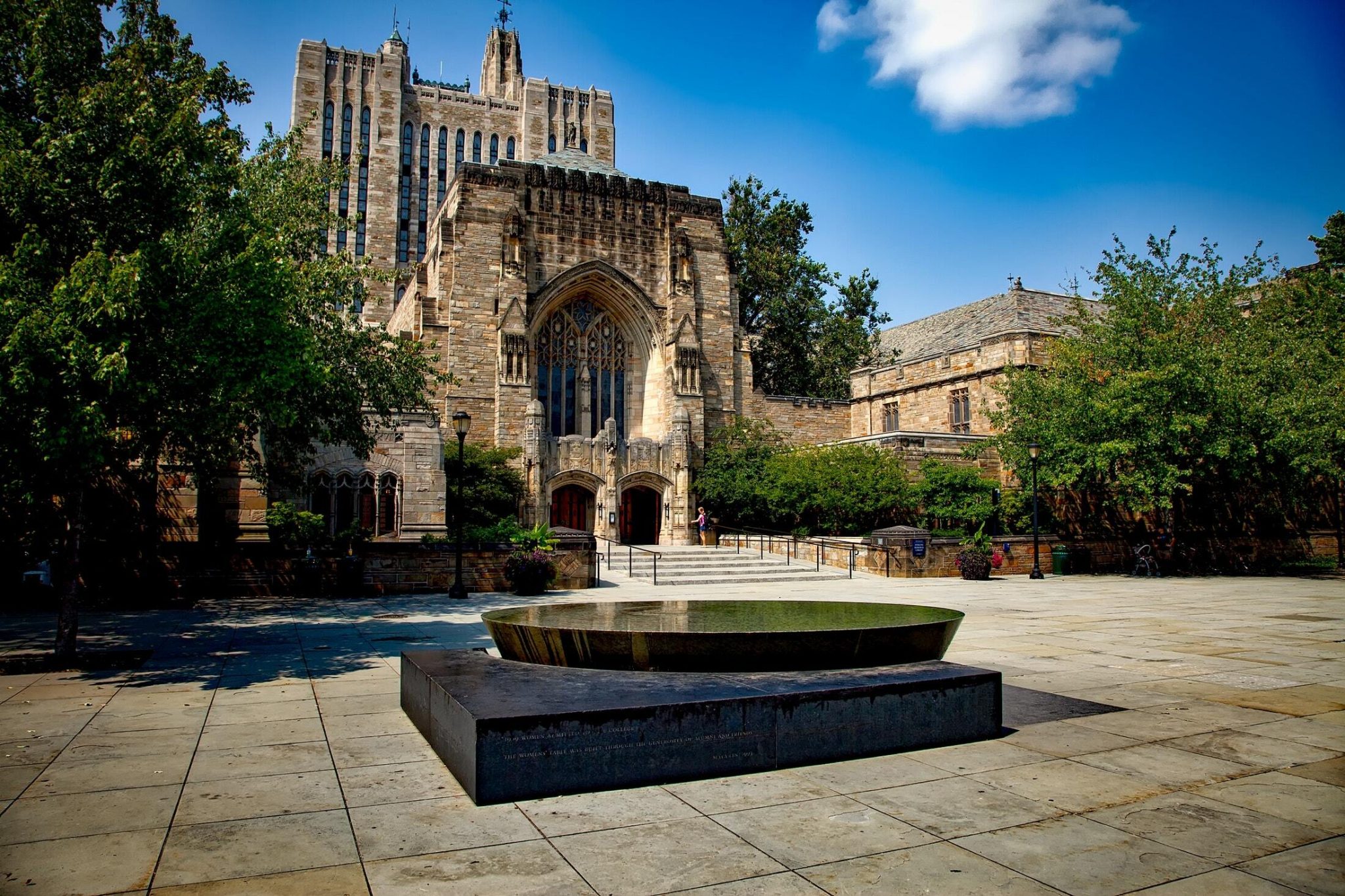There are over 4000 colleges and universities in the United States. Perhaps 500 can be considered “of quality.” 350 can be thought of as among the best. According to Howard Greene, 32 are listed as public schools of similar quality to the Ivy League Universities. He also considers another 63 as “Hidden” gems, comparable to Columbia, Cornell and the rest. Finally, there is the “Ivy League,” the gold standard, eight mostly pre-colonial institutions that clamor prestige and selectivity. And at the top of the pack are the “Big Three,” Harvard, Princeton and Yale.
With so many great colleges to choose, sad would be the outcome if you were denied admittance from every school you applied to. Such an end result would only occur if you applied to an ultra-competitive, unbalanced and ill-advised college list. Given the fact that there are far reach, reach, possible, likely and highly probable colleges means that if you apply across this spectrum to your “best fit, great match colleges,” your probability is high that you’ll be attending the right college in the fall.
In this blog, we will consider a few thoughts on how to create a wise college list.
On Your Mark
- The first thing you need to appreciate is that you must, as in the words of Socrates, “Know Thyself.” You must know your personality, preferences, goals and vision. Without this foundation, you’ll apply to colleges for the wrong reason, hoping to “fit in” once you get there. If you are from California, hate cold, frigid winters, and get homesick easily, attending Harvard will be a very bad idea.
- Next, you’ll want to assess your Admission Profile: academic, intellectual, professional, athletic and personal. If you are an average student, you don’t want to struggle at an academically rigorous institution, even if you get in.
- Next, after self-reflection, take the liberty of getting to know the institutions – that is the colleges that you’re curious about, and are “in range” academically.
- You’ll next need to research majors, specific departments, actual professors, courses of interests, possible scholarly projects, clubs, the curriculum, campus size and culture, availability of professional, peer and academic advising, not to mention study abroad opportunities, etc.
- If that were not enough, it’s now time to get to know the competition. How are students with your admission profile and goals applying to college? Can you compete?
Having done that, in concert with your long-term vision, set your priorities and set your deadlines.
Get Set
- Now it’s time to “know the Journey,” in other words, the process from preparation of the academic and personal profile, to execution of your application, to the letters of recommendation and the interview.
- If you know the “End Game,” each of your actions should be consistent with your goals. That is if you are disciplined.
It’s all about fit. You want to love, excel, and thrive, as well as graduate in four years (or less), and under budget if possible. There are many types of Fit; including Academic, Intellectual, Social, Personal, Athletic, Spiritual and Financial Fit, etc. - Use the college’ website and social media interface (i.e. Facebook, Twitter, Instagram, Tumblr and LinkedIn) to get information prior to your campus visits.
Go
- If you apply to and attend the wrong college, you’ll be unfulfilled, and less productive, perhaps not even graduate. Thus, creating a prudent “balanced List” of colleges optimizes your chance of acceptance and satisfaction once enrolled in classes.
- Doesn’t it seem reasonable to only apply to schools that you’ll be happy to attend? Yet so many students spend countless hours, perhaps 5 – 10 hours applying to a college that they have researched little, never visited and would regret attending if receiving an acceptance letter.
- Develop your own college rankings, then refine your college list from perhaps 20 – 25, down to 10 – 15 colleges.
In conclusion, never compromise quality for quantity; and remember, it’s all about fit.
Need help, please call us at Ivy Bound, the college admission experts.



